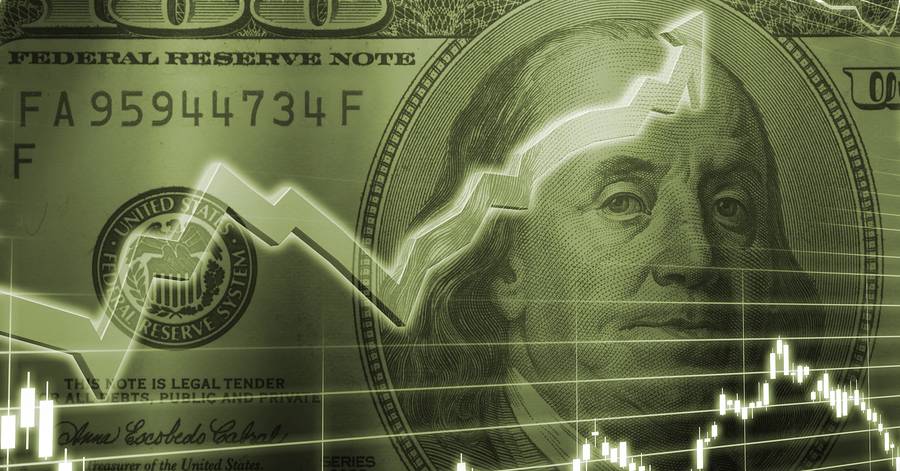Consumer Spending Fuels Economic Expansion
The United States economy continued to defy concerns of a slowdown. It expanded at an annualized rate of 3.8% in the second quarter of 2025. The revision came largely from stronger consumer spending, which remains the backbone of the American economy. According to U.S. Bureau of Economic Analysis, personal consumption expenditures surged. This reflects households’ continued willingness to spend despite economic uncertainties. Consumer demand for services, combined with steady growth in retail sales, highlights the resilience of household activity. This activity accounts for nearly two-thirds of national output. Even as inflation pressures weigh on purchasing power, the persistence of consumer-driven momentum has strengthened GDP results. This creates a positive outlook for the months ahead.
Business Investment and Durable Goods Orders Boost Growth
Beyond household consumption, the second quarter was also characterized by notable strength in business investment. Orders for durable goods, particularly in manufacturing and aerospace, saw a sharp rebound. According to U.S. Census Bureau, non-defense capital goods excluding aircraft rose consistently. This is a key measure of future business investment and points to companies’ willingness to continue expanding capacity. This dynamic supports industries tied to long-term infrastructure and technology development. Investment confidence, even in a period of policy uncertainty, has added stability to broader growth trends. This mitigates risks from global trade tensions. By channeling resources into capital expansion, businesses reinforce structural drivers of the economy. These will be critical to sustaining expansion over the next quarters.
Outlook for Third Quarter GDP and Labor Market Conditions
Looking ahead, forecasts from the Federal Reserve Bank of Atlanta suggest the momentum has extended into the third quarter. GDP is expected to maintain a healthy pace above 3%. However, challenges remain, particularly in the labor market where job creation has started to moderate. While unemployment applications remain historically low, wage growth is slowing. Additionally, consumer confidence has begun to fluctuate. The durability of economic expansion will depend on how households and businesses adapt to evolving financial conditions. This includes interest rate adjustments by the Federal Reserve. If consumer spending remains robust and business investment continues to expand, the economy may avoid recession risks. This is true even in the face of global volatility. Sustained growth across multiple sectors underscores the resilience of the United States economy and positions it as a driver of global stability throughout 2025.



